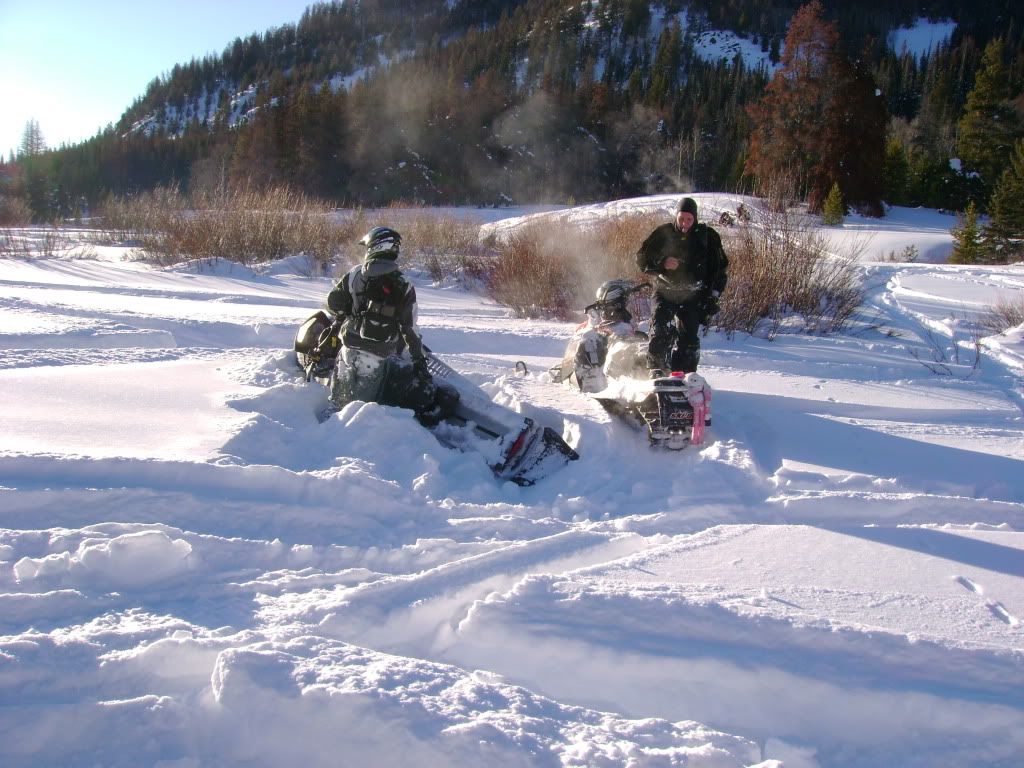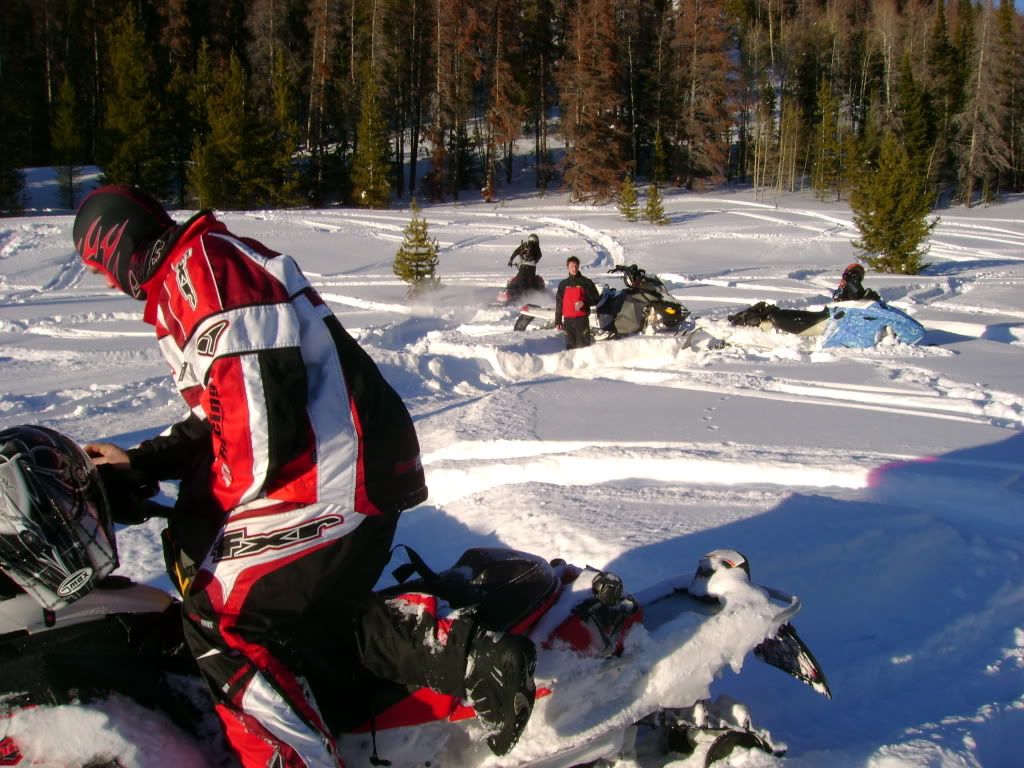Bad News, Warm Weather - Good News, Better Snowpack
Backcountry Avalanche Forecast for Front Range
Issued 01/13/2010 8:11 AM by Simon Trautman
Highlights
Warm weather has helped to settle and stiffen the snowpack, but weak snow at the base continues to be a problem, be suspicious of all steep slopes.
<p>Warm weather has helped to settle and stiffen the snowpack, but weak snow at the base continues to be a problem, be suspicious of all steep slopes.</p> Warm weather has helped to settle and stiffen the snowpack, but weak snow at the base continues to be a problem.
Avalanche Danger
The avalanche danger in the Front Range zone is CONSIDERABLE NW-N-NE-E facing slopes above treeline. Human triggered avalanches are probable. On other aspects the danger is MODERATE. Human triggered avalanches are possible.
Snow & Avalanche Discussion
Recent avalanche and instability highlights:
Monday: Skier caught in cornice fall / avalanche on No Name, Berthoud Pass. Carried ~500 vertical feet, no burial, no serious injuries.
Sunday: Two large avalanches on the Second Creek Headwall north of Berthoud Pass. Easterly aspects above treeline, and combined the crowns stretched over 1000 feet. Two small human triggered avalanches in the Berthoud area, below treeline on east and northwest aspects. Whumpf "so loud I thought Winter Park was using explosives" and about 600 square feet of the slope cracked. See the Vail Summit forecast for some more large, human triggered activity.
Saturday: Large, remotely triggered avalanche on south Diamond Peak above Cameron Pass. It was on a northeast aspect above treeline, several feet deep, 600 to 800 feet wide, and ran about 600 vertical feet. It covered tracks on the lower-angled bench at treeline.
There is a persistent, weak basal layer in the Front Range. It is a problem that we will have to deal with for the time being. The recent warm weather has settled and stiffened the upper snowpack, but the lower basal layers remain weak. This scenario is tricky because although avalanches become harder to trigger (stronger midpack holds up to more abuse), when the trigger does occur the results can be dramatic and destructive. These conditions commonly either allow riders to get well into the slope prior to release, and / or let multiple people ride the slope prior to release.
The snowpack is highly variable, and figuring out if you are poking onto a touchy or stubborn slope is not easy. You will need to evaluate each steep slope separately. Whumpfs and cracks are clear indicators that you have a weak layer and slab that can avalanche. Clean, fast shears on the basal layer are also a good indicator. If you don't feel comfortable evaluating each snow slope, stick to low-angle terrain. These conditions increase the level of risk in consequential terrain.








